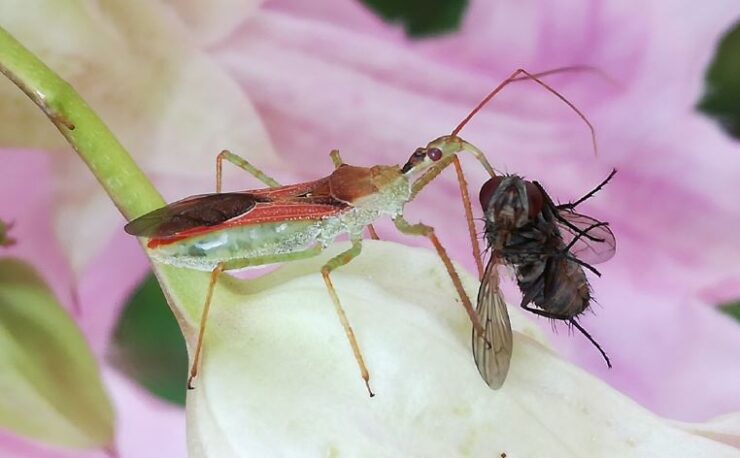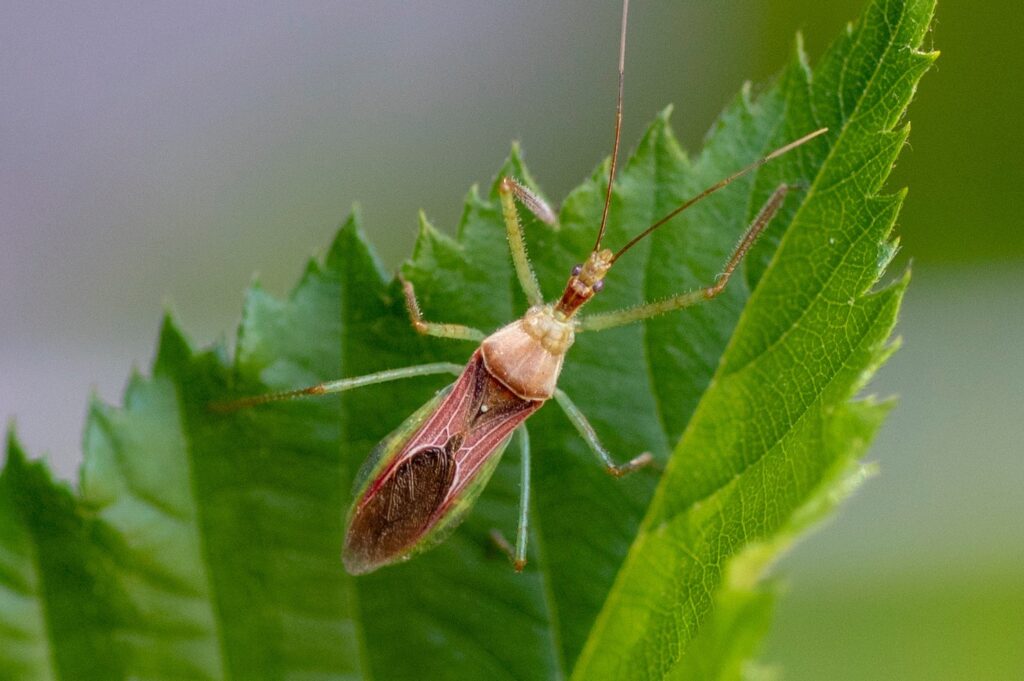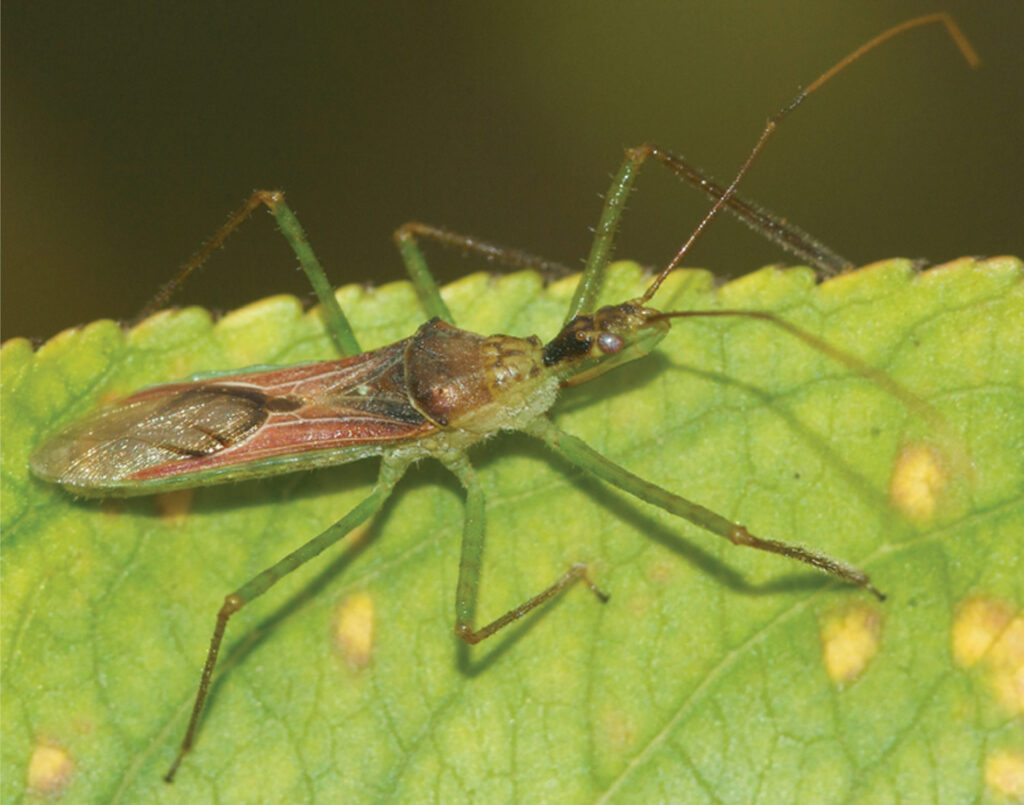And it seems that it may be here to stay. It is the ‘hunting bug’ or also called ‘killer bug’ (because it kills other invertebrates), that has arrived from Mexico and the southern US .

It is another of the invasive species that are reaching Spain, favoured, among other things, by climate change.
According to a recent study by researchers Adrià Miralles-Núñez, Carlos Pradera and Juan A. Pujol, Zelus rinardii is spreading rapidly throughout Europe, especially in countries in the Mediterranean basin. For now, in Spain it has already been detected in the Valencian Community, Madrid and Cádiz, but the authors predict its expansion.
The striking insect is an effective predator of other insects and invertebrates, causing a negative impact on the habitat of native species .
Orange in color, with six legs and an antenna that stand out for their length, they catch their prey on the prowl, with behavior similar to that of the much better known Praying Mantis, although they are more sensitive to movement. It has partially hardened wings, with a biting-sucking mouth that feeds on juices or blood,
Those who have suffered their bite say that it produces an intense and sharp pain that lasts for several minutes before disappearing, “although in some people it can last for hours,” the study says.
After the bite there is a small wound. The truth is that this insect can strike at any time of the day, both indoors and outdoors, and researchers studying its progress suggest that “they could be attracted to humans when they move.”
The first case of sting that is recorded in Spain was recorded in Elche on October 16, 2018, where one of these insects bit a child.
In addition, in the Valencian Community there are references of bites in areas of citrus crops.
The authors consider that Zelus renardii “could become a species that causes notable discomfort to people in urban areas in Spain.”
It hibernates as an adult, so “it is not uncommon to find it inside buildings in winter,” so it can have “much more contact with people and end up causing more bites than other” native insects of the same family.
Persons who are bitten should wash and apply antiseptic to the site of the bite. Oral analgesics, such as aspirin or ibuprofen, may be useful to reduce the pain. Treatment by a doctor is not usually needed, though topical corticosteroids may help reduce swelling or itching.


